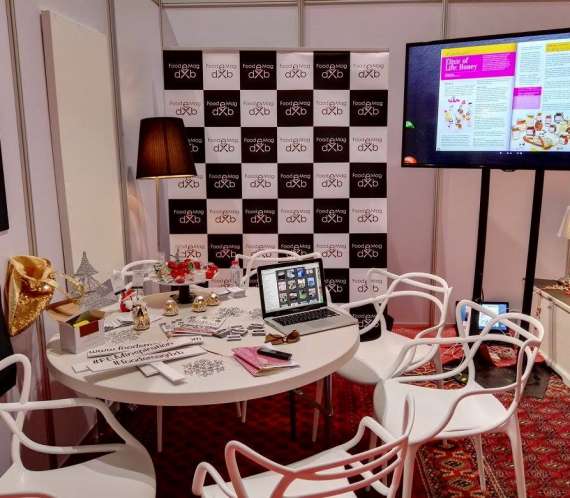Preparation of Turkish Coffee: It is made by firstly grinding the beans to a fine powder, traditionally in a mortar, but more likely now in an electric grinder. The best grind however is done in a traditional Turkish hand grinder, which allows the grind to be incredibly fine which, most electric and/ or hand grinders can’t achieve. Once ground, the powder is added to hot water (simmering, not boiling) and cooked over the heat until the powder has virtually dissolved and the flavours have intensified in the water. Usually, the coffee is brought close to boil point about three times, making sure it doesn’t boil. Also, it’s not stirred, as this would dissolve the foam, which is a complete no, no.
Making good Turkish Coffee is really a fine art that I am still trying to learn – if it’s kept too long on the heat then the coffee tastes burnt. Equally, if it is not done for long enough then the coffee is regarded as too weak. Leaving the coffee pot on it’s own even for a slight moment can lead to a disaster as it can overheat and boil over in a matter of seconds, leaving behind a nasty mess and a missed coffee opportunity!
Sugar is added to the coffee whilst it’s brewing, when ordering Turkish coffee you should be aware of this and order appropriately. I like to opt for ‘no sugar’, but it also comes as ‘little sugar’, ‘medium sugar’ and a ‘lot of sugar’, which refers to half a teaspoon, one teaspoon and one and a half to two teaspoons respectively. Do bear in mind that the serving size is in small Turkish Coffee cups (demitasse size – 90 ml) so that’s a lot of sugar to dissolve in a small quantity of water!
I love my coffee without sugar, but a Turkish Coffee is often served with sugar which is added during the brewing process and served in small coffee cups complete with the fine coffee grounds. My tip here – never drink to the bottom of the cup or you will get an unpleasant mouthful of coffee power!
Brewing might sound easy, but there’s an art there too, not only in terms of extracting the flavour of the coffee, but also in the foam. A thick layer of foam shows the skill of the coffee maker and this is also the reason why coffee is poured from a height from the pots into the cup, as this can add to the foam.
Enjoyed your coffee? It is said that the pattern of the grounds tipped onto a saucer, can be used for fortune telling using a method called Tasseography. I’ve not seen this in action as yet, but my own personal reading of the coffee grounds (assuming I’ve not gulped them down by accident) always tells me to order just one more cup of Turkish Coffee!

